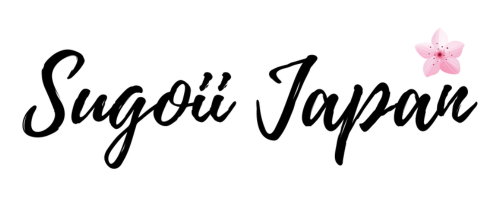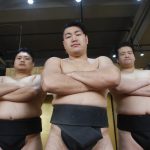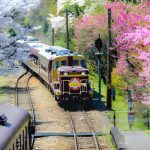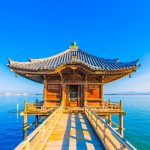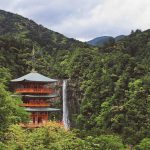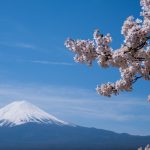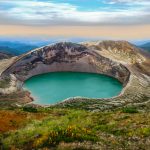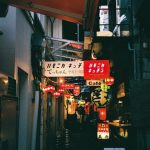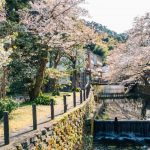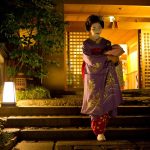Resting just South of metropolitan Tokyo is the stunning seaside city of Kamakura. What was once a major medieval hub for politics and military power is now a popular resort town for modern-day tourists.
You may think that Kamakura will be full of bright-eyed tourists flocking to mainstream destinations. Places Engakuji Temple and the famous Sagami Beach are often an immediate addition to any visitor’s Kamakura itinerary – but what if we told you that you can also enjoy Kamakura without having to deal with huge crowds of both locals and fellow travelers?
In this Kamakura guide, we list 15 hidden and underrated spots in Kamakura that travelers will surely enjoy especially if they want to avoid the usual foot traffic that this beautiful beach town attracts.
If you have been wanting to visit Kamakura but dread the large groups of people, read on and find the best getaway for your preferences and itinerary!
You can visit Kamakura during a day trip from Tokyo. But if you want to stay overnight, I highly recommend you to book at Kamakura Seizan, a unique design hotel you are going to love!
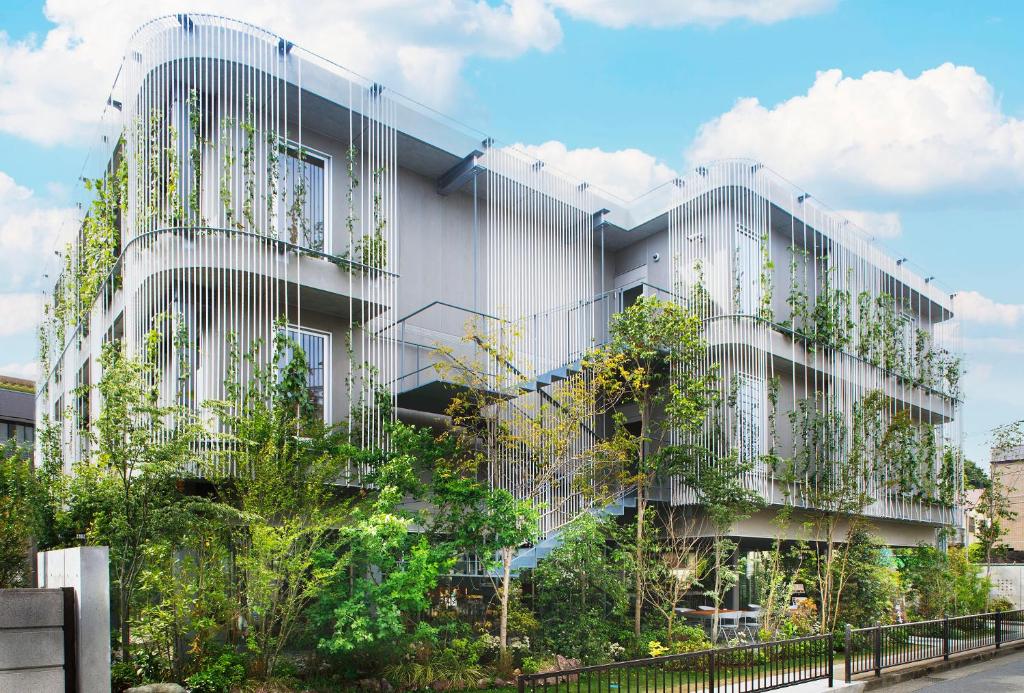
Temples & Shrines
1. Jochiji Temple
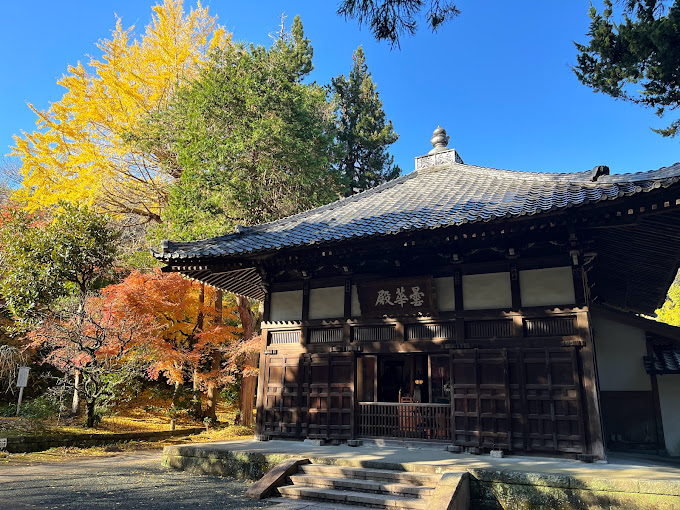
Just south of the more well-known Engakuji Temple is the quiet and calm Jochiji Temple. This 13th-century Zen Buddhist temple is great for getting in some morning exercise because of its quiet grounds, lush greenery, and proximity to the Daibutsu Hiking Trail.
While it still has its fair share of tourists popping up here and there, it is a much rarer stop on many travelers’ radars. Japanese Buddhist practitioners sometimes come to visit the temple’s Main Hall, where the images of Amida Buddha, Shaka Buddha, and Miroku Buddha can be viewed and worshipped.
The temple was borne to soothe the Hojo family’s deep grief and sorrow when Munemasa Hojo died in 1283. Perhaps that feeling of contemplation is what lends so much tranquility to this calm and soothing temple!
2. Tsurugaoka Hachimangu Shrine
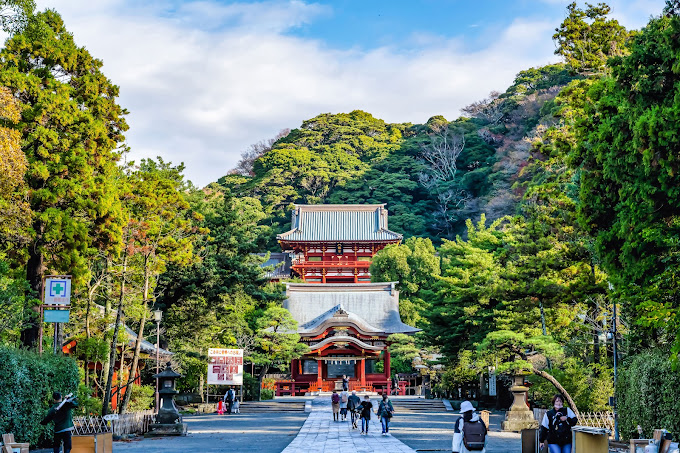
Perhaps not as hidden as other stops coming up on this list, the Tsurugaoka Hachimangu Shrine still makes it to this guide due to the fact that it is rarely a first choice for travelers hoping to experience the beauty of cherry blossoms in full bloom!
While many tourists choose to experience the sakura season in Tokyo and other iconic choices like Kawaguchiko’s Iyashi no Sato and the Chureita Pagoda, this underrated shrine is just an hour’s trip away for a truly traditional cherry blossom experience. Snap a photo on the crimson bridge at Genpei Pond at the peak of sakura season and grab a bite to eat at the many traditional restaurants in the area.
We especially recommend stopping by for a snack at Torigoya – a famous korokke shop loved by locals for its freshly-fried croquettes. For a more filling snack, head to Hannari Inari for their simple yet satisfying sushi cups that you can enjoy on the go!
3. Kuzuharaoka Jinja
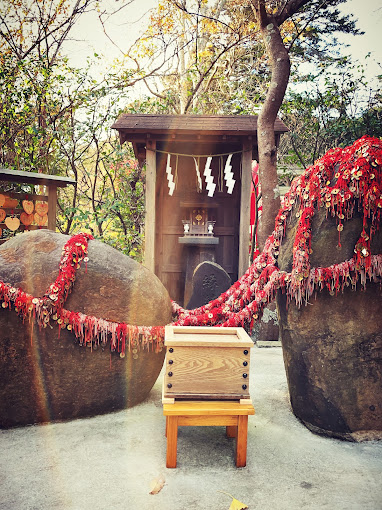
Maybe you’re feeling a lot of negative energy in your life and you need a detox? Or perhaps you need some good luck fo The Kuzuharaoka Jinja is a shrine off-the-beaten-path and is often neglected by tourists in favor of the more famous hydrangea-viewing shrines like Hasadera. In spite of this, the grounds are filled with stunning hydrangea bushes if you come in the right season.
The main draw of Kuzuharaoka Jinja however are the two stones that lie on its sacred grounds. The first one is that of the Masaruishi – a stone meant to banish negative energy. For 100 yen, you are given a clay stone meant to represent all the negatives in your life. This stone is then thrown against the masaruishi, as if letting go and allowing these energies to depart. Good riddance!
The second stone is called the en-musubi-ishi. This stone is a popular destination for lovers and married couples that want to cement their relationship and wish it good luck. It is also a frequented spot for those who wish to find a good match, as the shrine deity Enkoku-sama is said to be a god of match-making. The heart-shaped ema or votiva plaques can be hung around the shrine, so think about your wish carefully!
4. Sasuke Inari Shrine
View this post on Instagram
Bearing a striking likeness to the Fushimi Inari Shrine in Kyoto, you can think of the Sasuke Inari Shrine as the Kamakura version that is much closer to Tokyo. The shrine is hidden within the ninja forest of Kamakura, and came about as a form of gratitude for victory in war. The first shogun of Kamakura had a vision of a fox (or inari in Japanese), telling him to smite his foes. Because of this, he felt that he was somehow indebted to the inari spirit.
Many claim that this connection between Minamoto no Yoritomo’s Sasuke Inari Shrine and foxes is true and spiritual. This is because the shrine is brimming with foxes that wander around, sniffing curiously at tourists or hiding away. Because these foxes are seen as messengers and servants from the Shinto deities, tourists and locals alike treat them with respect, affection, and even sake!
Note: The Sasuke Inari Shrine may seem familiar to anime fans. This is because this shrine is prominently featured in Elfen Lied! Snap a photo, or maybe add it to your very own anime pilgrimage.
5. Kamakura-guu Shrine
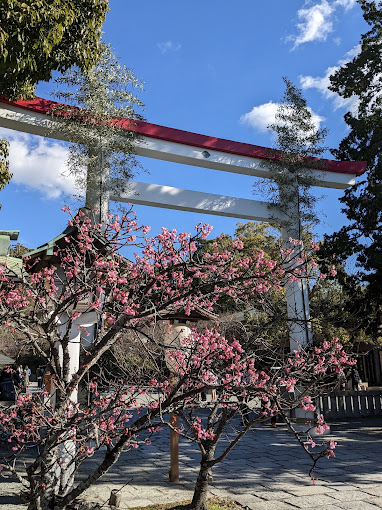
At a time where the Imperial Family was feuding with local shogunates, one of the most tragic losses taken was that of the Imperial Prince, Morinaga Shinno. The shrine was build to hold his spirit and honor him The cave behind the shrine was the exact cave where the Ashikaga family held Prince Morinaga for nine long months before his execution.
While it does not have the draw and grandeur of more popular shrines in the area, visitors who know of the shrine’s story and significance do come to admire and pray by the Hall of Worship and the Shishigashira-Mamori; a lion mask that acts as a talisman of protection. If you have any ailments or conditions that you wish to be healed, you can also drop by and pat the body part that ails you on the statue of the noble samurai, Nademigawari-sama.
6. Tokeiji Temple
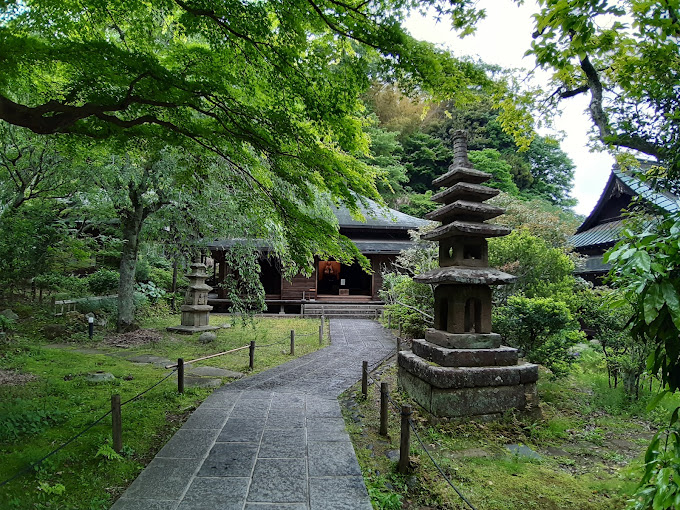
Quaint and beautiful, Tokeiji Temple was fittingly founded by one of Hojo Tokimune’s wives, the beautiful Kakusanni. Hojo Tokimune was a war hero who defended Japan from the Mongol Attack, and so the temple grew in popularity among Edo-period women. The temple is known for also being a Temple of Flowers, as the different flowers on the grounds would bloom all year round based on the temple’s floral calendar.
Tokeiji Temple has a beautiful historical significance, as it was also known as a sanctuary for women running from husbands who mistreated them as well as a consultation center for women seeking divorce – making this structure a certified girl power icon in Edo-period Japan.
Beachside Attractions
While the shrines are surrounded by plenty of famous and traditional restaurants, you can avoid the crowds and lines by hanging out by the beach. While you may bump into other beach-goers, it is definitely much less crowded compared to the restaurants around mainstream tourist spots.
7. Inamuragasaki Cape
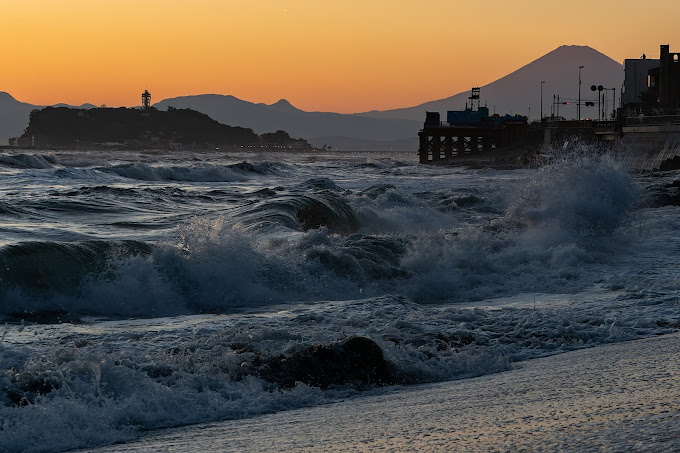
Peaceful, cozy, and quiet – Inamuragasaki Cape is a tranquil seaside destination for some light swimming and lounging with friends and family. The seaside view is stunning, especially during Golden Hour. Even more convenient, the beach is just a short walk away after hopping off of the Enoden Train. Inamuragasaki Cape has also had its fair share of anime cameos, including hits like Your Lie In April and Minami Kamakura High School Girls Cycling Club.
8. Daisy’s Cafe
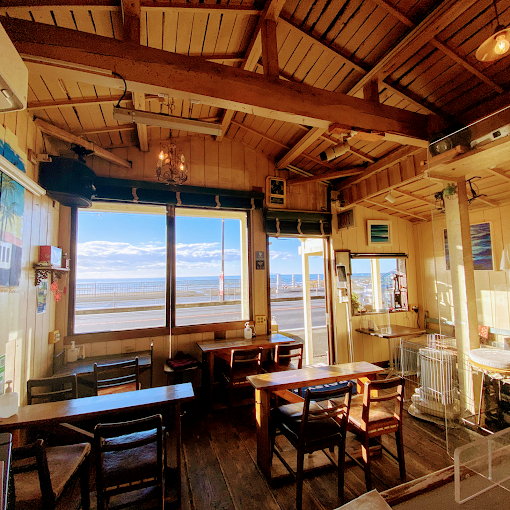
Hoping for a break from the food fare at the temples? Maybe you are coming fresh off a day of surfing? Just a mere 5-minute stroll from Hase Station in Kamakura is a long line of various cafes and restaurants, including Daisy’s Cafe! This seaside shack is quaint and cute, with a Hawaiian-American vibe fitting the mood of the beach. Locals love the fried shrimp and fries, the BIG Cutlet Curry, and the Kamakura Taco Rice for filling meal options. The beer is great too!
9. Magokoro
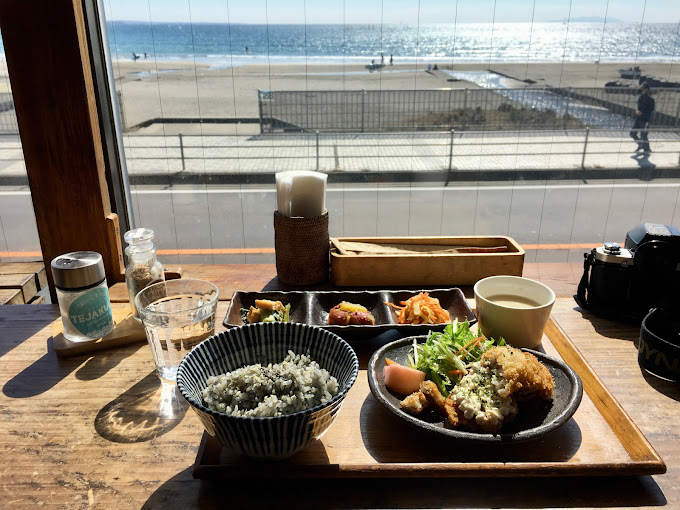
Looking for top-notch vegan offerings? Magokoro is well-known among locals and surf enthusiasts who frequent the area due to its English-speaking staff, delicious hemp-infused menu, and tasty vegetarian offerings. The ingredients used are the freshest catch and local produce.
In addition to this, the hemp used in the food at Magokoro is free from psychoactives, and is rich in antioxidants that improve skin and organ functions. Magokoro also has an extensive liquor selection, so you may want to book a hotel nearby and have a pleasant finish to your evening.
10. Sangosho Moana Makai
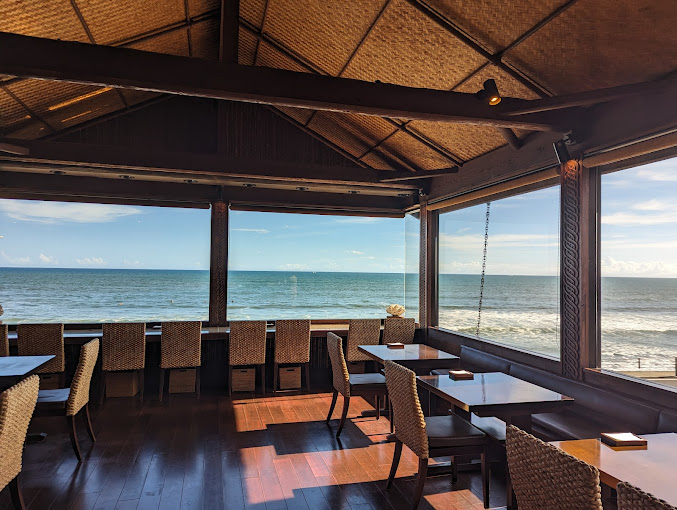
Craving curry rice by the sea? Sitting just along the Shirichirigahama Coast of Kamakura is the local gem, Sangosho. Sangosho Moana Makai is the store’s popular seaside location, with Sangosho’s city location being tucked away further into the main streets. Due to its remoteness by the beach, Sangosho Moana Makai is perfect for winding down while watching the sunset over Shonan and eating a big bowl of katsu curry rice.
The location is heavily Hawaiian-themed, but do keep in mind that the menu is in Japanese. However, the staff will be more than happy to help you order something that will hit the spot. You cannot go wrong with their katsu or beef curries, and you can even order delicious ceviche made with the freshest Kamakura seafood. While it isn’t a popular tourist destination, it comes highly recommended by locals. Be sure to book your seats in advance if you can!
Other Travel Destinations In Kamakura
11. Enoden
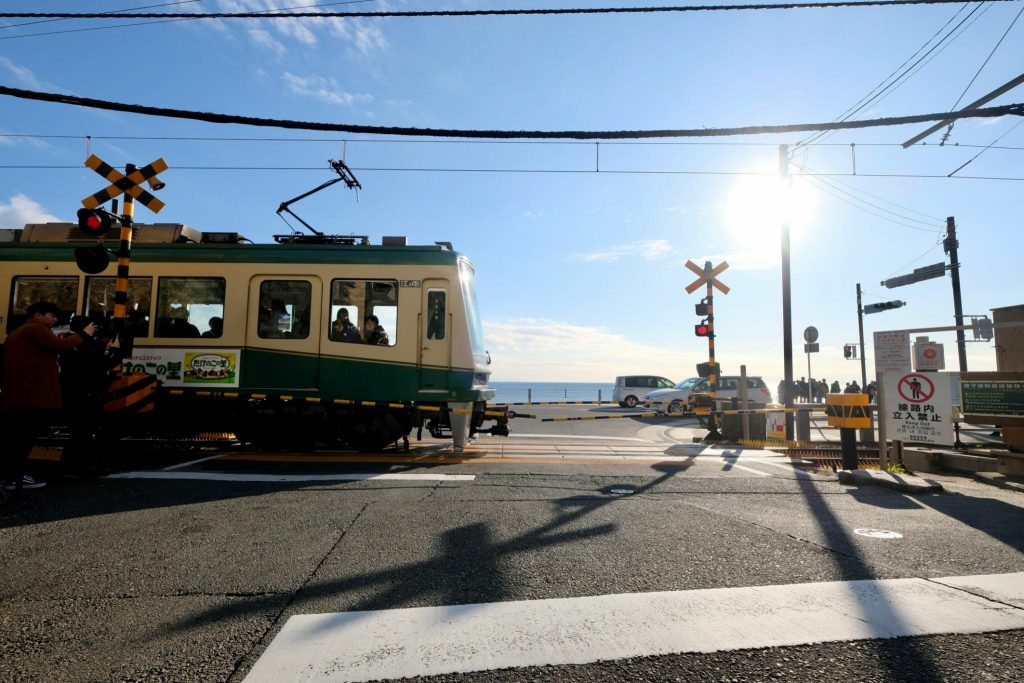
Previously mentioned on this list, the Enoshima Electric Railway (or Enoden for short) is a popular attraction for locals. However, it is often overlooked by international tourists who think it’s just another local train. In fact, the Enoden is actually great for taking cool, industrial-style photos, especially with its retro vibe that might come from how it was built way back in the Meiji Period.
These charming green and gold trains are also great for a view of the Kamakura scenery, as the trains chug along the narrow rails and passages – spanning both inland and coastal sights. Because not many tourists know about it, it is a great alternative for getting around and avoiding crowds as you go from one tourist spot to another.
12. Mushinan
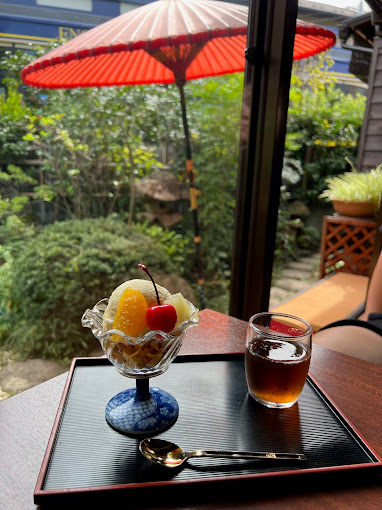
Conveniently located near Enoden, Mushinan is a local eatery that is famous among locals but nearly unheard of by many international tourists. Tucked away just beside the Enoden train tracks is Mushinan. Mushinan is a moderately-sized residential home that has been converted into a cafe specializing in wagashi – traditional Japanese sweets and desserts.
Take photos of your delicious wagashi as you cool off with cool iced (or hot) tea, shaved ice, or even a bottle of lager beer if that is more your cup of tea. Mushinan also offers teishoku (lunch) sets if you find yourself stopping here for a light meal!
13. Genjiyama Park
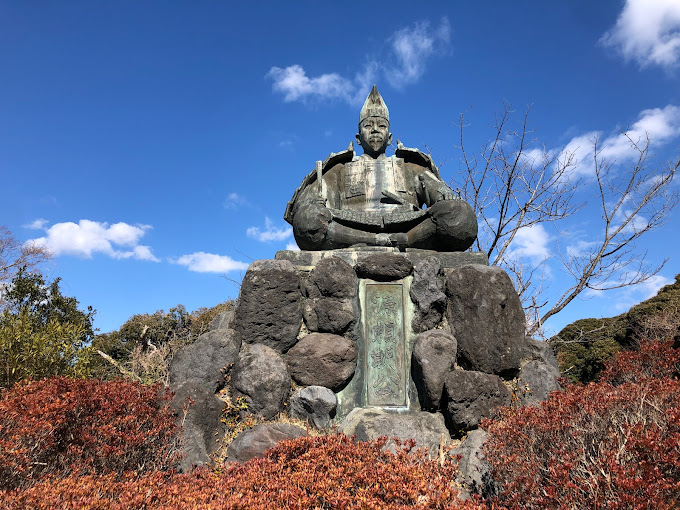
Looking for a unique walking trail to hike with your traveling group? Genjiyama Park is a sprawling park filled with rich greenery, lush forests, and stunning views of the sea. The park is home to a hiking path system that conveniently connects landmarks like Kamakura Station, Daibutsu, and other hidden shrines in the area.
Heading to Genjiyama Park either in the fall for the red and yellow leaves or in the spring for seeing the sakura trees in full bloom is key to making the most out of your visit to this beautiful yet simple tourist attraction that is perfect for those with an active lifestyle.
14. Gokurakuji
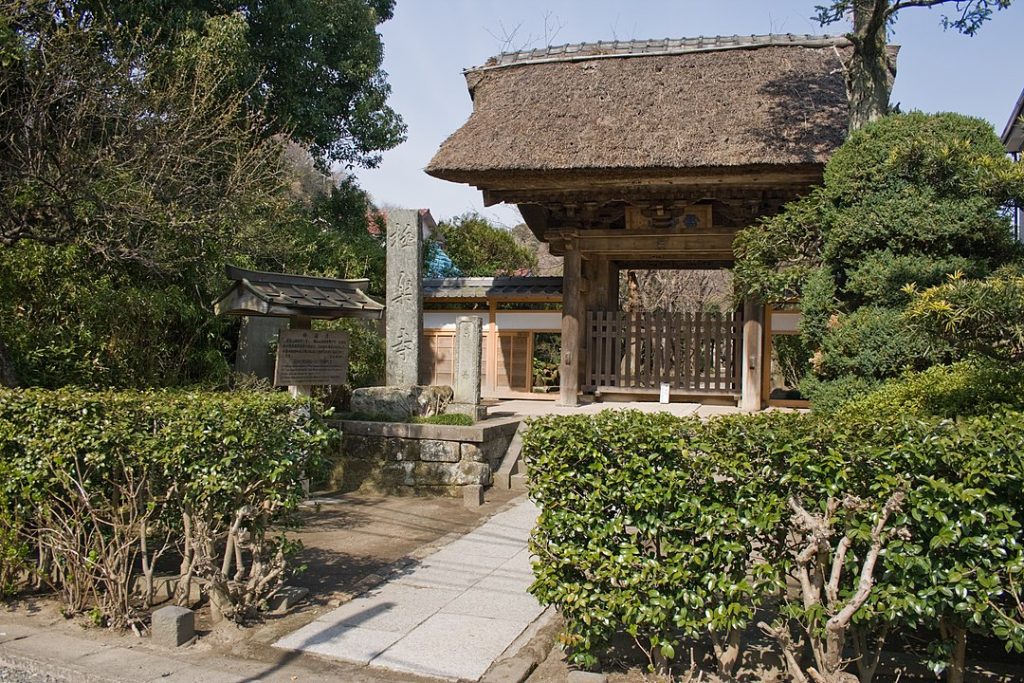
Another picture-perfect station in Kamakura, Gokurakuji is a hidden gem that fans of the retro style will surely love. Gokurakuji’s small size and quiet charm add to the beauty of its location – being built into the mountainside of Western Kamakura City. A scene from the famous 1970s drama Oretachi no Asa (Our Morning) was shot here, which earned the obscure station a cult following among pop culture lovers.
These days, Gokurakuji comes alive especially in the spring, as the little station is framed by blush-pink sakura trees. If you look close enough, the stars of a more recent TV drama “Saigo kara Nibanme no Koi” have autographs framed by the station’s office!
15. Kamakura Nanakuchi
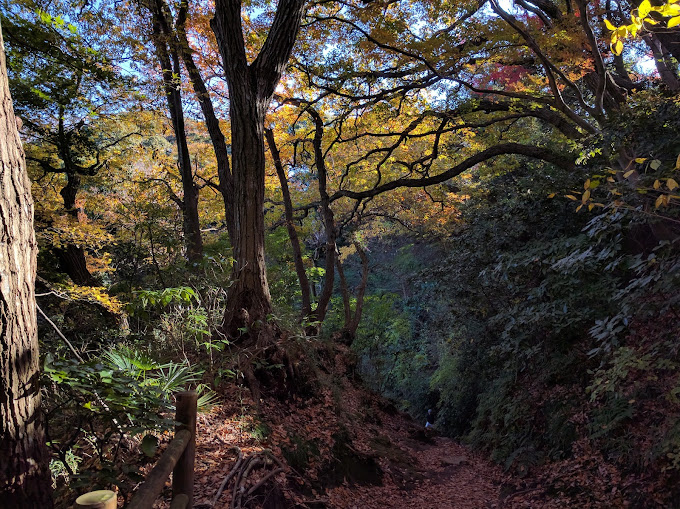
Roughly translating to ‘The Seven Entrances of Kamakura”, this hidden tourist attraction is quite literally hidden in the mountains. These kiridoshi entrances served as the only entrances to the capital way back in the Kamakura period. Best trekked when the sun is still up, only two of these paths remain in modern use. Namely, the Gokurakuji-zaka and the Kobukurozaka! The rest of these paths have since been untouched and left for nature to reclaim.
Because of their secrecy and abundant nature, it is only fitting to cap off this list with Kamakura Nanakuchi. Bear in mind that this gem is not for the faint of heart, and is best suited for outdoorsy types that want to mix history and nature in a singular stop.
Explore Kamakura’s Hidden Gems Today!
We hope that you enjoyed our list of 15 Kamakura Hidden Gems that you can visit should you find yourself in this former capital city. Kamakura has a rich history and has no shortage of heritage sites, shopping streets, stunning beaches, and delicious restaurants that you can go to. However, you can avoid the crowds by taking some of the stops on this list into your itinerary.
We hope you enjoy your trip to Kamakura now that you know where to go. If you have the time, you can even visit the nearby island of Enoshima just next to Kamakura City. Explore Kamakura to your heart’s content today!
For more travel inspiration, you can also check out this article about the best day trips from Tokyo!
